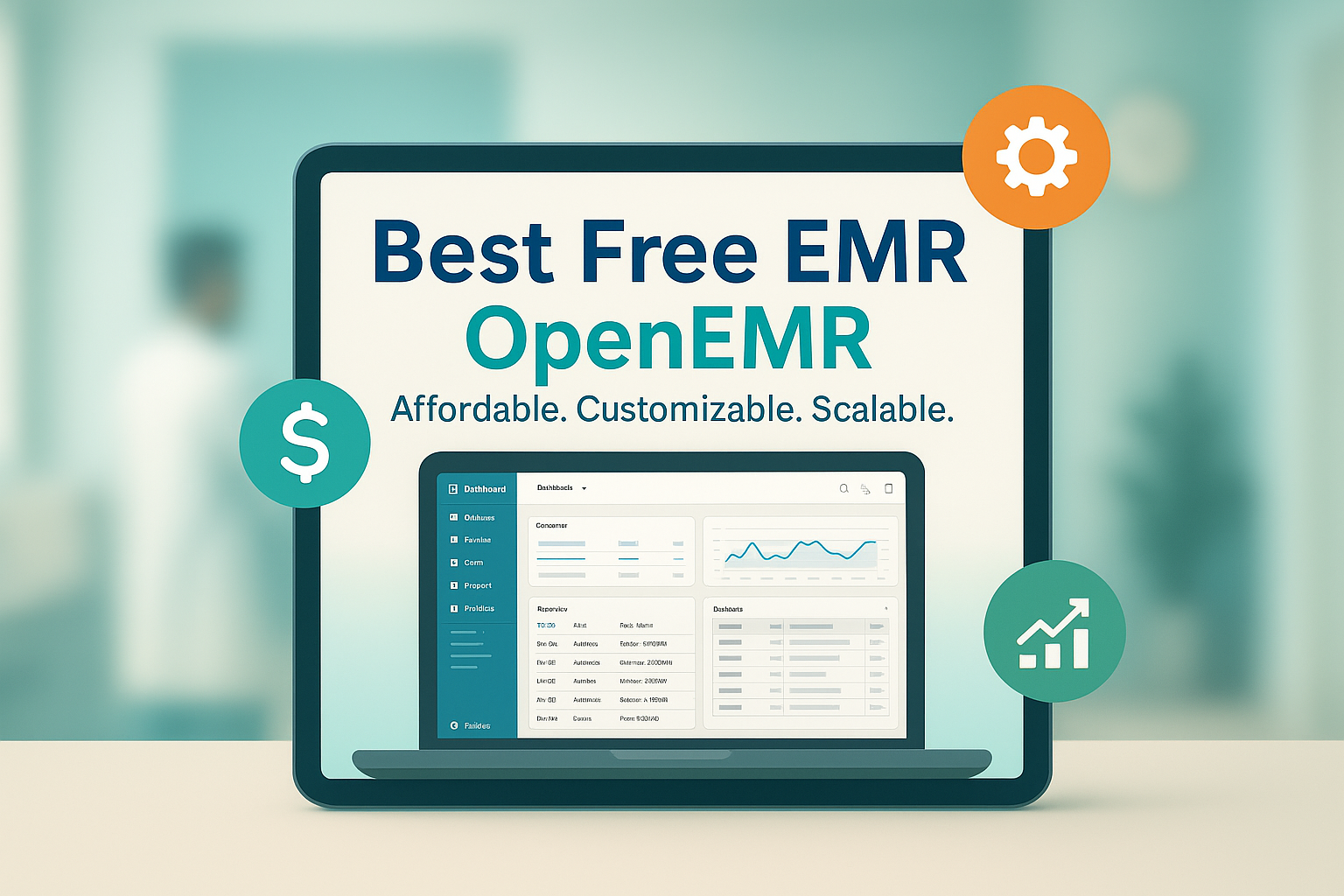 Competitor Backlink Hack – Steal Their Traffic. Legally!
Competitor Backlink Hack – Steal Their Traffic. Legally!
The Hidden Costs of Disconnected Data: How Integration Can Save Your Practice
Written by Larisa Albanians » Updated on: June 17th, 2025

In the world of healthcare, data is the lifeblood of effective patient care. Every day, healthcare providers collect vast amounts of information, from patient histories and lab results to billing records and appointment schedules. But what happens when this data is scattered across different systems that don’t communicate with each other? The answer might surprise you. The hidden costs of disconnected data are more significant than you might think, and they could be quietly draining your practice’s resources and compromising patient care. In this blog, we’ll explore these hidden costs and reveal how integrating your data could be the key to saving your practice.
The Silent Threat of Disconnected Data
At first glance, disconnected data might not seem like a pressing issue. After all, your practice has been operating this way for years, right? But beneath the surface, the lack of integration between systems can create a host of problems that slowly erode efficiency, accuracy, and even patient satisfaction.
Inefficiency and Time Wasted: Imagine a scenario where a physician needs to access a patient’s complete medical history. If the data is spread across multiple systems—one for lab results, another for imaging, and yet another for prescriptions—the physician must spend valuable time navigating between platforms. This not only slows down the decision-making process but also diverts attention away from patient care. Over time, these inefficiencies add up, leading to increased operational costs and reduced productivity.
Errors and Inconsistent Data: When data is disconnected, the risk of errors and inconsistencies rises. A patient’s medication history in one system might not be updated in another, leading to potential medication errors. Similarly, discrepancies between billing systems and patient records can result in costly administrative mistakes. These errors not only affect the bottom line but also put patient safety at risk.
Compromised Patient Care: The most significant cost of disconnected data is its impact on patient care. When healthcare providers don’t have access to a complete and unified view of a patient’s health, critical information can be overlooked. This can lead to misdiagnoses, delayed treatments, and ultimately, poorer health outcomes. In an industry where lives are at stake, the consequences of fragmented data can be dire.
The Hidden Financial Costs
Beyond the immediate operational challenges, disconnected data can also have significant financial implications for your practice. These hidden costs can take many forms, including:
Increased Administrative Costs: The time and effort required to manually reconcile data between systems lead to higher administrative costs. Staff members may need to double-check records, re-enter information, or chase down missing data, all of which consume resources that could be better spent elsewhere.
Compliance Risks and Penalties: In the healthcare industry, maintaining compliance with regulations like HIPAA is non-negotiable. Disconnected data systems make it more challenging to ensure that all patient information is stored and transmitted securely. The lack of integration can lead to compliance breaches, resulting in costly fines and damage to your practice’s reputation.
Lost Revenue Opportunities: Fragmented data can also lead to missed revenue opportunities. For example, if patient billing information isn’t integrated with treatment records, charges may go unbilled or underbilled. Additionally, without a unified view of patient data, it becomes more difficult to identify opportunities for preventive care or additional services that could generate revenue.
How Integration Can Save Your Practice
The good news is that these hidden costs can be mitigated—or even eliminated—through effective data integration. By connecting your systems and ensuring that data flows seamlessly between them, your practice can unlock a host of benefits that save time, reduce costs, and improve patient care.
Streamlined Operations: Data integration streamlines operations by providing healthcare providers with a single, unified view of patient information. This means that physicians, nurses, and administrative staff no longer need to waste time navigating between systems or manually reconciling data. The result is a more efficient practice where providers can focus on what they do best—caring for patients.
Improved Accuracy and Consistency: With integrated systems, data is automatically updated across all platforms, reducing the risk of errors and inconsistencies. This not only improves the accuracy of patient records but also ensures that billing and administrative tasks are completed correctly the first time, reducing the need for costly corrections.
Enhanced Patient Care: Perhaps the most compelling benefit of data integration is its impact on patient care. When healthcare providers have access to complete and up-to-date patient information, they can make more informed decisions and provide more personalized care. This leads to better health outcomes, higher patient satisfaction, and ultimately, a stronger reputation for your practice.
Compliance and Security: Integrated data systems make it easier to maintain compliance with healthcare regulations. By ensuring that all patient information is stored and transmitted securely, your practice can reduce the risk of compliance breaches and avoid costly penalties. Additionally, integrated systems often come with enhanced security features, providing an extra layer of protection against cyber threats.
Maximized Revenue: Finally, data integration can help your practice maximize revenue by ensuring that all services are accurately billed and that opportunities for additional care are identified. With a unified view of patient data, it becomes easier to track treatment progress, identify gaps in care, and recommend preventive measures that benefit both patients and your practice’s bottom line.
Find out more details on Top 10 Best Practices for Healthcare Data Integration.
Conclusion: Don’t Let Disconnected Data Hold You Back
The hidden costs of disconnected data are real, but they don’t have to be a burden on your practice. By investing in data integration, you can transform the way your practice operates, improving efficiency, accuracy, and patient care while reducing costs and maximizing revenue.
In today’s competitive healthcare landscape, the ability to leverage data effectively is more important than ever. Don’t let fragmented systems hold you back. With the right data integration strategy, your practice can thrive—now and in the future.
Connect with us for Healthcare Integration Services.
Note: IndiBlogHub features both user-submitted and editorial content. We do not verify third-party contributions. Read our Disclaimer and Privacy Policyfor details.
Copyright © 2019-2025 IndiBlogHub.com. All rights reserved. Hosted on DigitalOcean for fast, reliable performance.
















